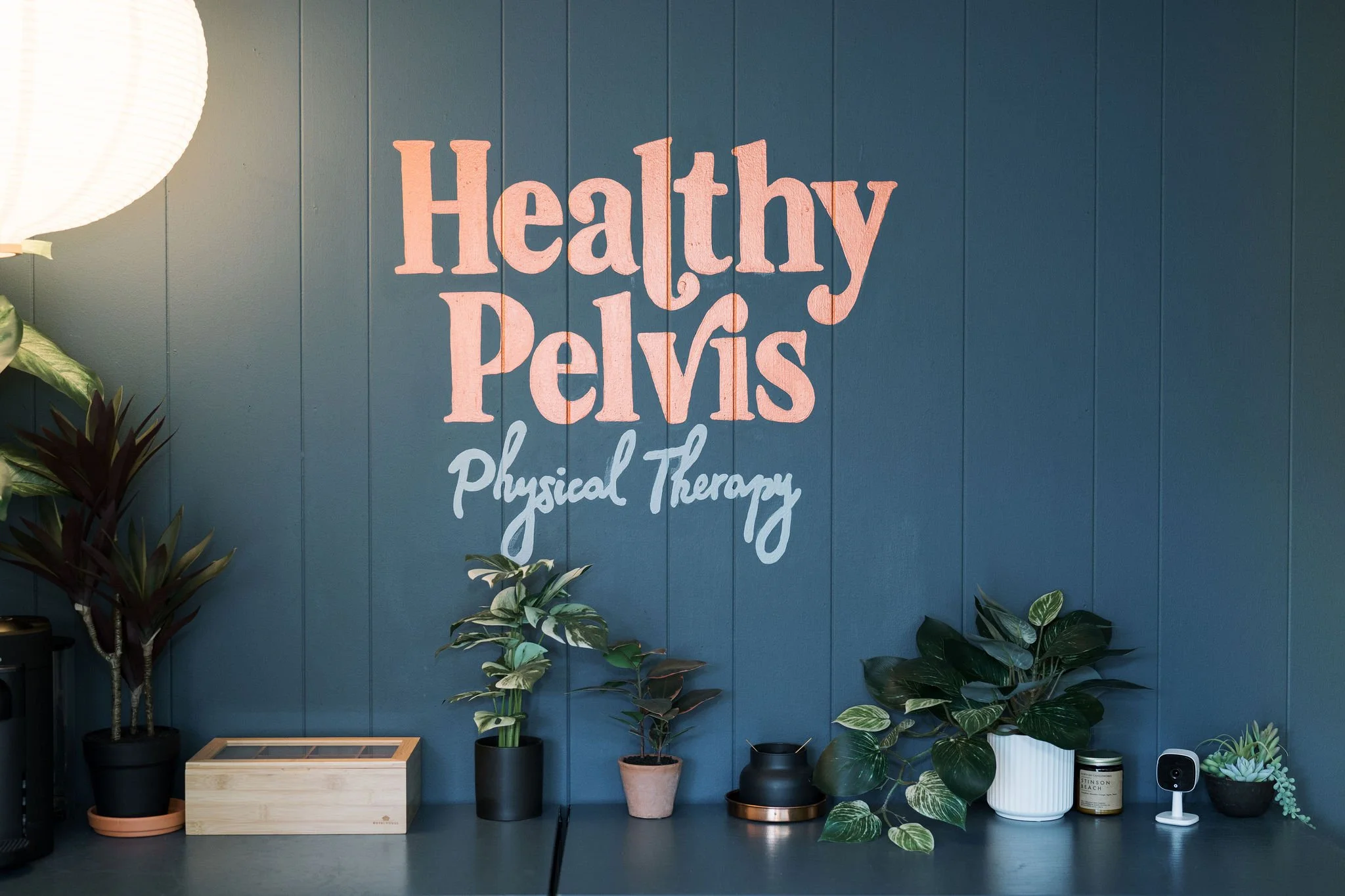
Pregnancy & Postpartum
Pregnancy and postpartum care that actually works
Pregnancy and birth put enormous strain on your core and pelvic floor—often leading to pain, leakage, and muscle changes. You don’t have to “just live with it.”
During Pregnancy: Birth Preparation
Pelvic PT isn’t just for recovery—it can make pregnancy and delivery smoother, safer, and less painful. We help you:
Prepare your pelvic floor for birth – Learn how to relax, lengthen, and coordinate your muscles for easier delivery.
Reduce pregnancy-related pain – Address back, hip, or pubic symphysis discomfort so you can move comfortably.
Optimize pushing strategies – Practice positions and breathing techniques that protect your pelvic floor.
Build strength and endurance – Condition your core and hips to support your growing body and make postpartum recovery easier.
Prevent complications – Early care lowers your risk of tears, prolapse, and incontinence after birth.
After Birth: Postpartum Recovery
Healing doesn’t stop once the baby arrives. Pelvic PT restores your body so you can return to daily life without pain or leakage. We help you:
Reconnect with your core – Address diastasis recti and rebuild abdominal and pelvic floor coordination.
Stop leaks and urgency – Eliminate stress incontinence, hesitancy, or bowel leakage.
Relieve pain – Gentle, effective care for perineal tears, episiotomy scars, C-section recovery, or pain with sex.
Support pelvic organs – Strengthen and stabilize to reduce prolapse symptoms.
Clear clogged milk ducts – Manual therapy and lymphatic techniques relieve painful blockages and promote milk flow.
Soothe wrist pain (“Mommy’s Thumb”) – Treat thumb and wrist pain caused by repetitive baby care with manual therapy, taping, and movement retraining.
Get back to what you love – From lifting your baby without fear to running, dancing, or intimacy—our goal is your full recovery.
Our treatment approach depends on whether your issue stems from weak or tight muscles.
For weakness: Neuromuscular retraining restores strength and control.
For tightness: Manual therapy relieves pain and restrictions.
Your First Visit
Full history + pelvic exam (internal exam optional) in a supportive, judgment-free space
Immediate treatment so you leave feeling better
Noticeable results for most patients after just one visit; major progress within three
Direct Access
No referral needed—California law gives you direct access to physical therapy. You can book with us anytime.
Insurance & Rates
We operate out-of-network to provide the highest quality care without restrictions.
PPO plans: Pay at the time of service; we’ll provide a superbill you can submit to your insurer for reimbursement (typically 30–90%).
HSA/FSA: Accepted.
HMO plans: These plans generally do not reimburse for out-of-network care, but many patients still choose to see us for the high-quality, specialized care we provide.
Rates: You can view our current rates anytime in the scheduling tool.








